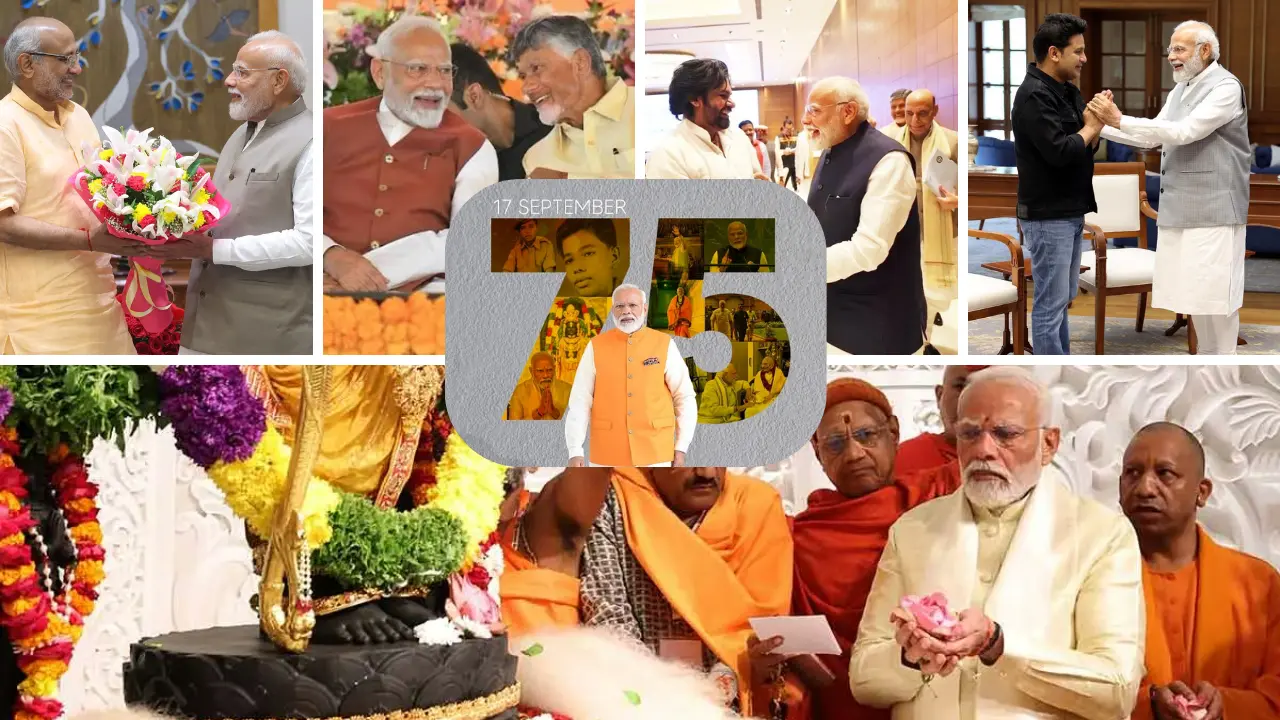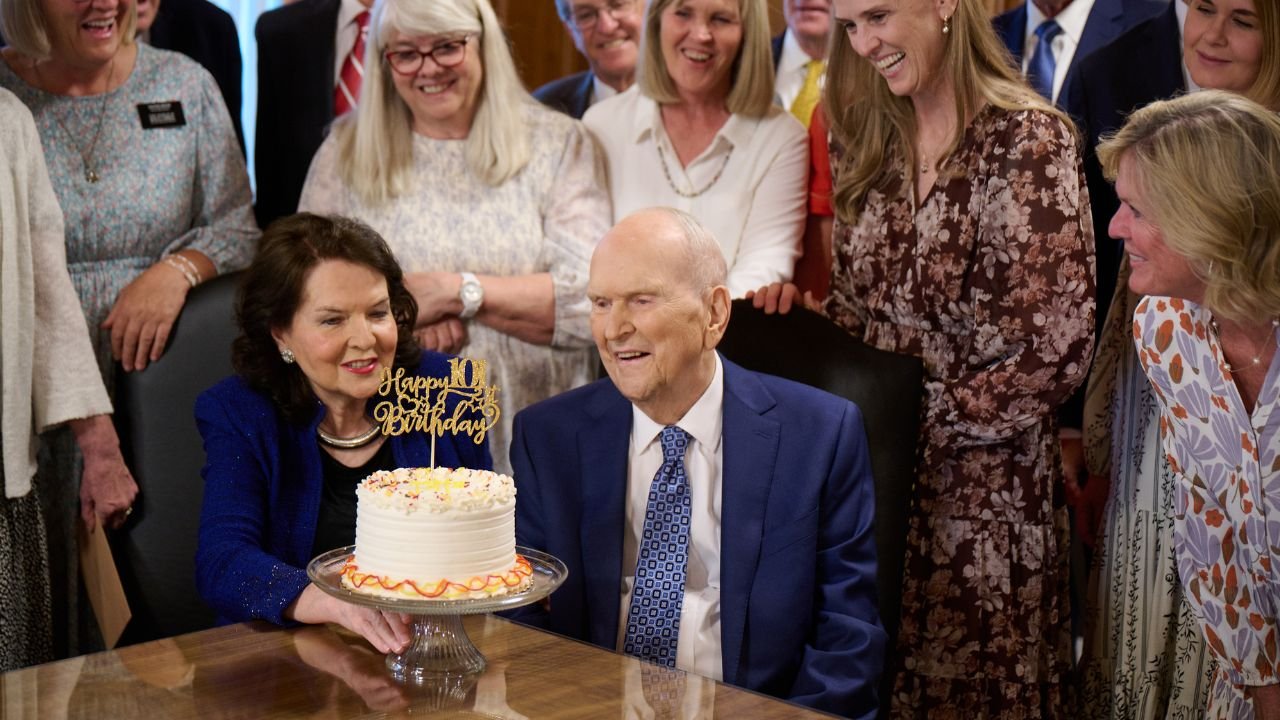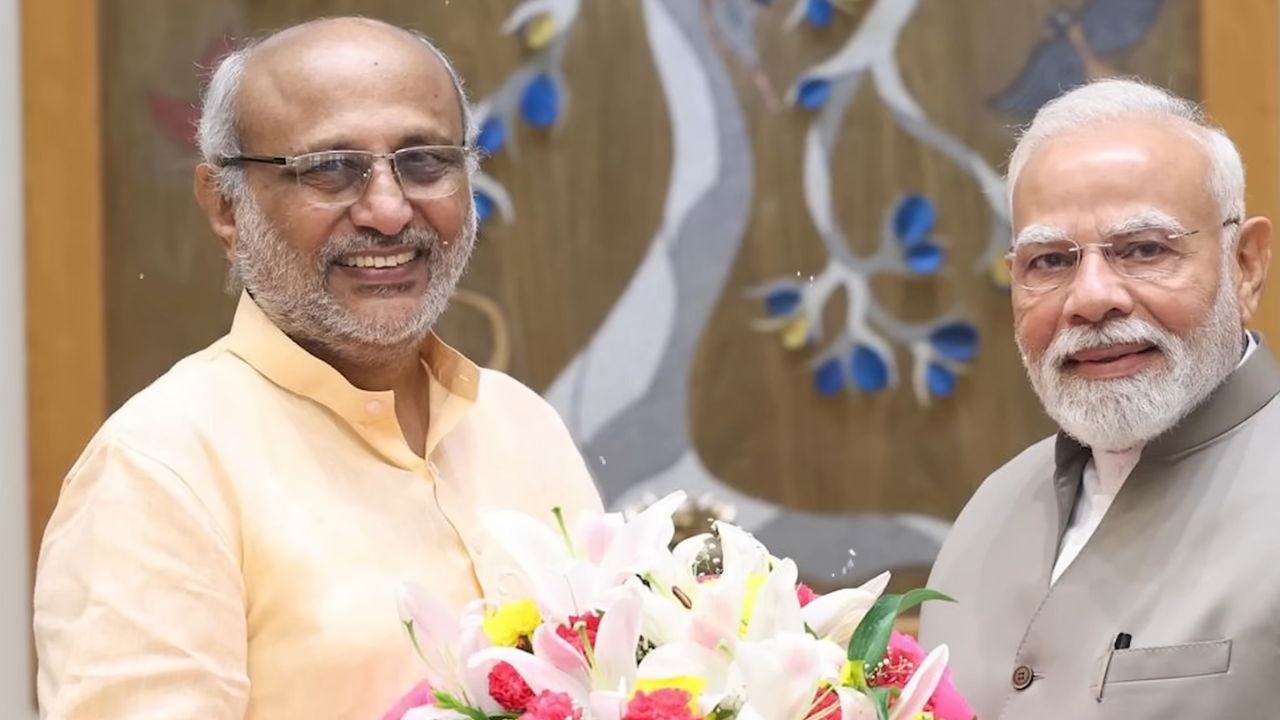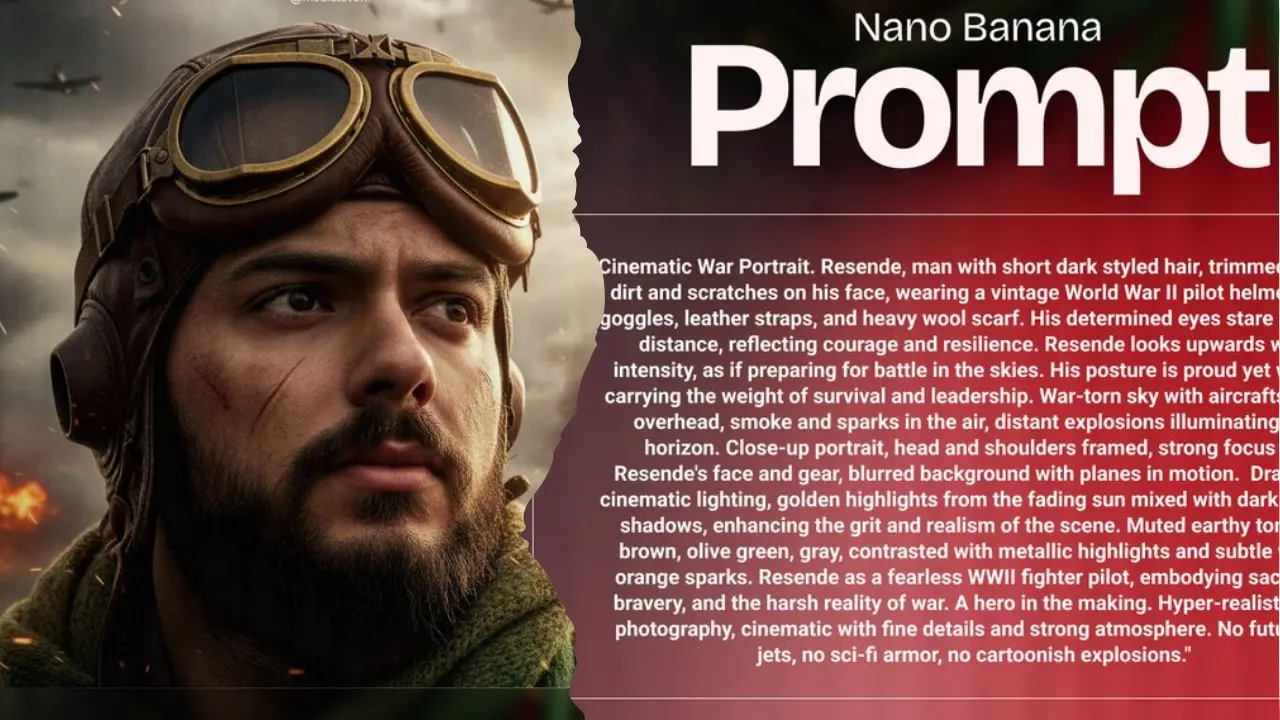Nepal is boiling with anger, and now YouTuber Dhruv Rathee has stepped in with a bold claim. In his recent tweet, Rathee said that the ongoing protests in Nepal are not just about the social media ban, but mainly about corruption and misgovernance. He also hit out at what he calls “Godi media” in India, accusing them of misleading people by not showing the real picture.
Rathee wrote that banning social media was only the tipping point, but the actual frustration among common people of Nepal is much deeper. According to him, citizens there are tired of rising corruption, poor governance, and broken promises by leaders. The ban was just the spark that lit the fire.
Latest Dhruv Rathee Tweet
What’s Happening in Nepal?
Over the past few weeks, Nepal has seen mass protests in Kathmandu and several other cities. Videos online show huge crowds of young people raising slogans and marching against the government. The immediate trigger was the temporary ban on platforms like TikTok, Facebook, and X, but protestors say this is only one part of the problem.
People are angry over unemployment, rising inflation, and frequent political instability. Many say politicians are not listening to the youth, who make up a large part of Nepal’s population. The frustration has now exploded on the streets.
Indian Media Questioned
Dhruv Rathee went one step further and targeted Indian TV channels for their coverage. He accused them of presenting the protests as only about “social media freedom,” while ignoring the bigger issue of corruption and failed governance.
“Why is Indian Godi media misleading people by not showing the reality?” Rathee asked in his tweet. His words have sparked fresh debate on whether Indian media is giving a one-sided picture of events in Nepal.
The Bigger Message
What’s happening in Nepal is a reminder of how young populations in South Asia are becoming restless. Just like in India, youth in Nepal are active on social media, and when governments try to control it, the anger only grows stronger. But the deeper question goes beyond social media—it’s about trust between people and their leaders.
As of now, the Nepalese government has not given a clear plan on how it will address the demands of protestors. Opposition groups are also using this moment to put pressure on Prime Minister KP Sharma Oli government.
Why It Matters for India
For India, the situation in Nepal is important because both countries share open borders and cultural ties. If unrest continues, it can affect trade, tourism, and even regional security. Rathee’s sharp comments add another layer to the story by questioning not just Nepal’s leadership but also the credibility of Indian media.









